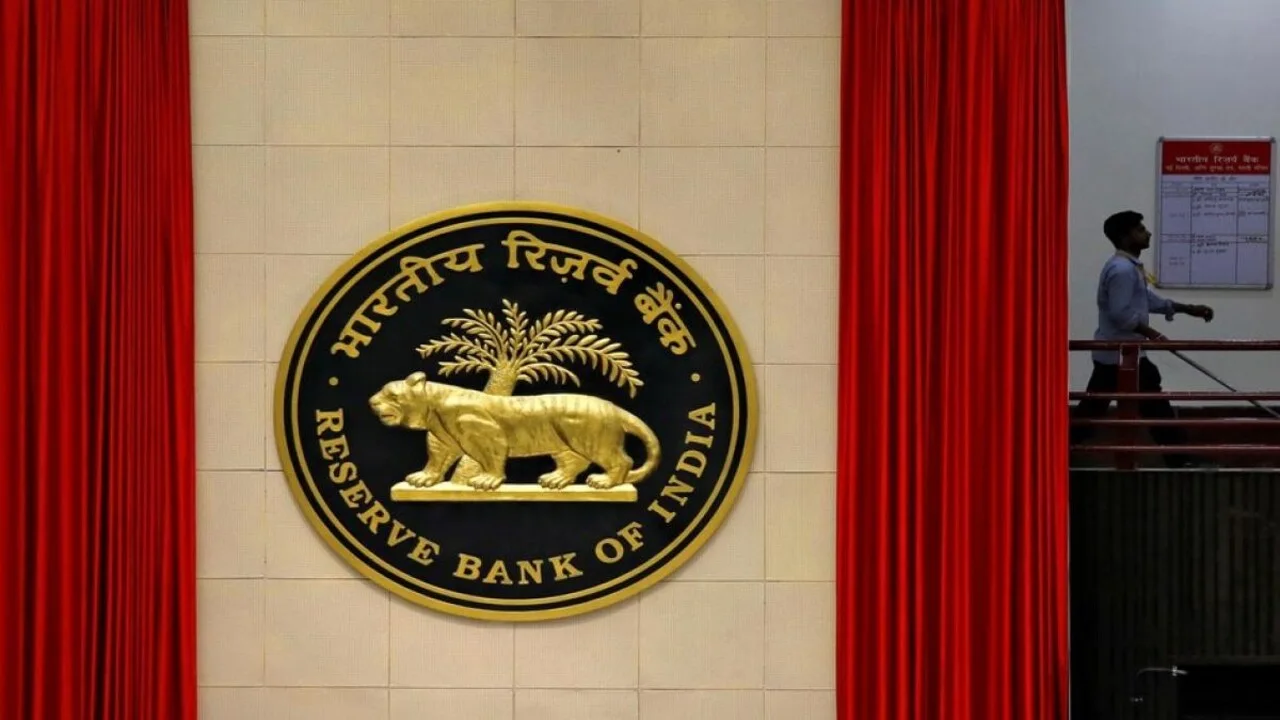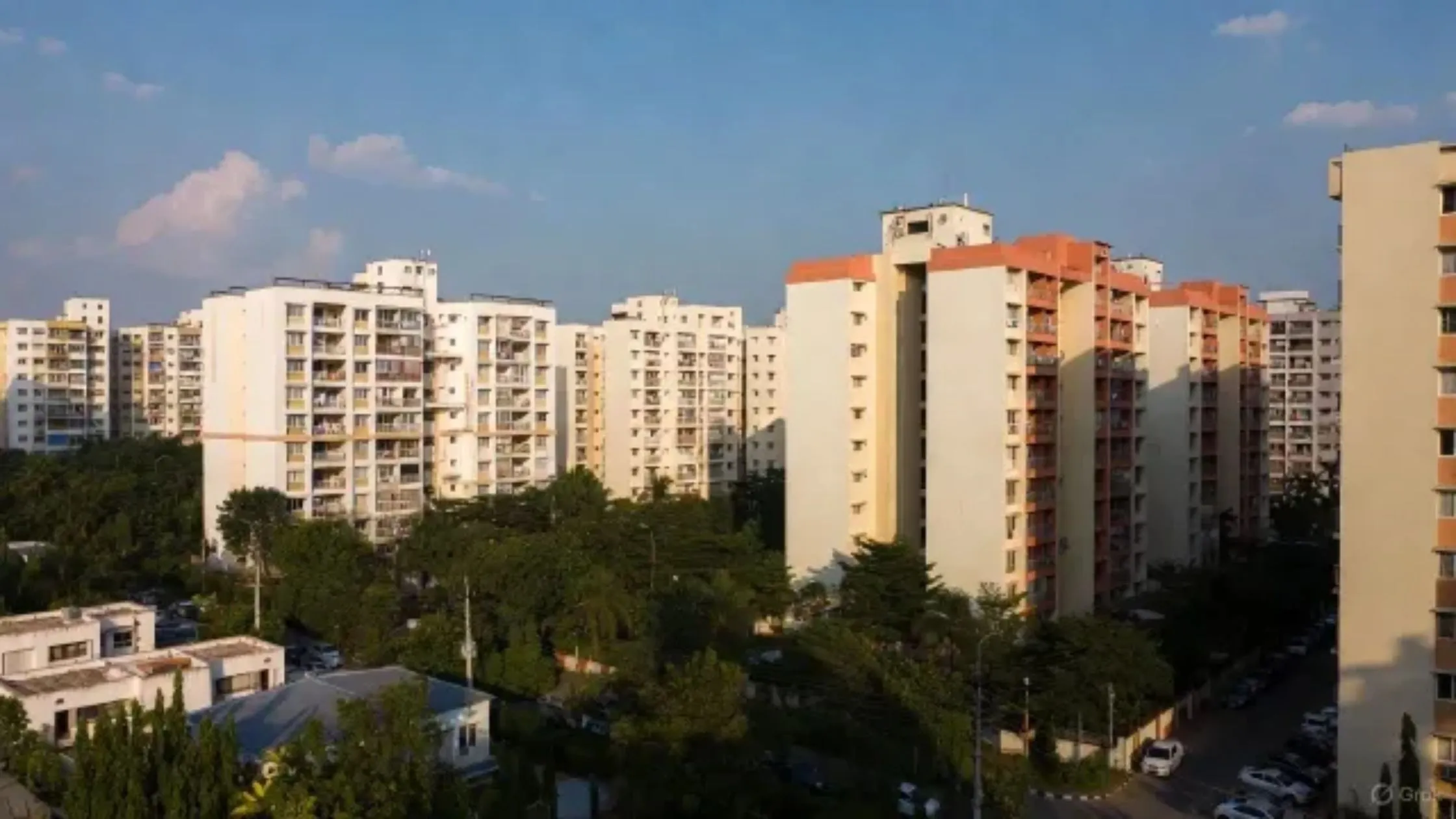Table of Content
The Reserve Bank of India (RBI) has addressed a pressing issue involving the misuse of loan funds by builders under subvention schemes. In a detailed affidavit submitted to the Supreme Court (SC), the banking regulator highlighted its proactive measures to prevent fund siphoning and protect the interests of homebuyers. This article delves into the complexities of the issue, the measures implemented by the RBI, and the Supreme Court's intervention.
Understanding the Subvention Scheme
Under the subvention scheme, banks directly disburse sanctioned loan amounts to builders, who are then responsible for paying EMIs until the possession of flats is handed over to the buyers. However, issues arose when builders failed to complete construction and defaulted on their EMI payments, leaving homebuyers in financial distress.
This led to banks initiating recovery actions against homebuyers, despite their lack of fault in the situation. Recognizing the gravity of the issue, the Supreme Court intervened, ordering a probe into the alleged nexus between banks and builders.
Also Read: RBI’s 50 bps Rate Cut: Lower EMIs and Higher Borrowing Power for Buyers
RBI's Regulatory Role
In response to the Supreme Court's scrutiny, the RBI outlined its efforts to regulate such practices and ensure responsible banking.
Key Guidelines Issued by RBI:
1. Regulation of Subvention Schemes:
- In 2015, the RBI mandated that housing loan disbursals be linked to the stages of construction.
- Upfront disbursals were prohibited for under-construction projects to minimize risks.
2. Prevention of Harassment:
- Banks were directed not to resort to intimidation or harassment of homebuyers for loan recovery.
- The RBI emphasized its commitment to upholding buyer rights and fostering transparency in financial practices.
3. Monitoring Builder Practices:
- Banks were instructed to closely monitor the usage of loan funds by developers.
- Ensuring compliance with tripartite agreements became a priority to prevent fund misuse.
Supreme Court’s Relief Measures for Homebuyers
The Supreme Court has played a pivotal role in safeguarding the interests of homebuyers affected by subvention schemes.
Notable Interventions by the Court:
- No Coercive Action Against Buyers:
Homebuyers under subvention schemes received protection from banks and builders regarding EMI payments. - Exemption from Cheque Bounce Cases:
Buyers were shielded from complaints arising due to payment delays caused by builder defaults.
These directives have significantly relieved homebuyers while holding builders and financial institutions accountable for their actions.
Implications of RBI’s Norms
The RBI's regulatory framework has far-reaching implications for all stakeholders involved:
For Homebuyers:
- Enhanced transparency and reduced risks in purchasing under-construction properties.
- Protection from undue financial stress caused by builder defaults.
For Builders:
- Accountability in utilizing loan funds strictly for project completion.
- Greater scrutiny of financial dealings under regulatory oversight.
For Banks:
- Stricter compliance requirements to prevent misuse of loan disbursals.
- Reinforcement of trust among customers through ethical banking practices.
Also Read: MahaRERA Updates Project Certificates for Enhanced Transparency and Buyer Clarity
Lessons from the Crisis
The subvention scheme controversy underscores the need for robust regulatory mechanisms and timely interventions. Key takeaways include:
- Stringent Monitoring: Ensuring builders adhere to tripartite agreements and complete projects on time.
- Enhanced Buyer Protection: Strengthening frameworks to safeguard homebuyers from financial exploitation.
- Collaborative Efforts: Fostering cooperation among regulators, financial institutions, and developers to promote sustainable real estate growth.
Conclusion
The RBI’s norms and the Supreme Court’s interventions signify a progressive step toward ensuring fairness and accountability in India’s real estate and banking sectors. By proactively addressing the misuse of loan funds and protecting homebuyers, these measures reaffirm the commitment to ethical practices and consumer rights.
As the real estate sector evolves, sustained efforts by all stakeholders will be vital in fostering a transparent and equitable housing market, where buyers can invest with confidence and trust.
Follow AquireAcers Whatsapp Channel to Stay Updated With The Latest Real Estate News





_1765522271.webp)

Ans 1. The subvention scheme allows banks to disburse home loan amounts directly to builders, who are responsible for paying EMIs until property possession is handed over. The controversy arose when some builders defaulted on EMIs and failed to complete projects, leaving homebuyers to bear the financial burden.
Ans 2. The RBI implemented several regulatory norms, including linking loan disbursals to construction stages and prohibiting upfront payments for under-construction projects. Banks were also directed to monitor how builders utilize loan funds and were warned against harassing homebuyers for loan recovery.
Ans 3. The Supreme Court has issued key directives to safeguard homebuyers, including barring coercive recovery actions by banks and shielding buyers from cheque bounce cases caused by builder defaults. These measures aim to reduce the financial stress on homebuyers and ensure accountability among builders and lenders.
Ans 4. For homebuyers, these norms enhance transparency and reduce risks. Builders face stricter scrutiny in fund utilization, ensuring accountability. Banks must adhere to stricter compliance, fostering ethical banking practices and rebuilding customer trust.
Ans 5. The controversy highlights the importance of stringent regulatory oversight, timely interventions, and enhanced protections for homebuyers. Collaboration between regulators, financial institutions, and developers is essential for fostering a transparent and equitable real estate market.
Ans 6. The RBI’s guidelines and the Supreme Court’s interventions mark a significant step toward ethical practices in the real estate sector. These efforts aim to restore buyer confidence, promote responsible lending, and support the sustainable growth of the housing market.
Ans 7. Homebuyers can approach consumer courts, housing tribunals, or consult legal experts for guidance. They may also report grievances to the RBI or relevant regulatory authorities for redressal.
Ans 8. Initially, subvention schemes provided flexibility for buyers, but the lack of strict oversight led to misuse. In 2015, the RBI mandated that loan disbursals be linked to construction milestones to curb risks and promote responsible financing.